Sometimes I hear friends chatting about a new sport and wonder why it’s suddenly everywhere. That’s how I felt when I first saw NLPadel popping up on social media and in local parks I had no idea why it was so popular. Maybe you’ve had the same curiosity or even a bit of FOMO watching others play while you’re still on the sidelines.
This blog will walk you through everything you need to know about NLpadel. Why is it growing so fast? What makes it different and how is it becoming part of everyday life in the Netherlands? By the end you’ll not only get the hype but also see if this sport could fit perfectly into your own lifestyle.
What Exactly Is NLPadel?

Padel is a racket sport that mixes elements of tennis and squash but nlpadel is the version that has taken root in the Netherlands. It’s always played in doubles on an enclosed court surrounded by glass or mesh walls. The ball can bounce off these walls creating longer rallies and fun gameplay that even beginners can enjoy.
Unlike tennis you don’t need years of training to feel good at padel. The smaller court simpler rules and slower pace make it easy for new players to jump right in. That accessibility is one of the main reasons nlpadel has exploded in popularity it’s designed for everyone not just seasoned athletes.
See More: Is the Tooth Fairy Real
A Brief History of Padel and Its Journey to the Netherlands
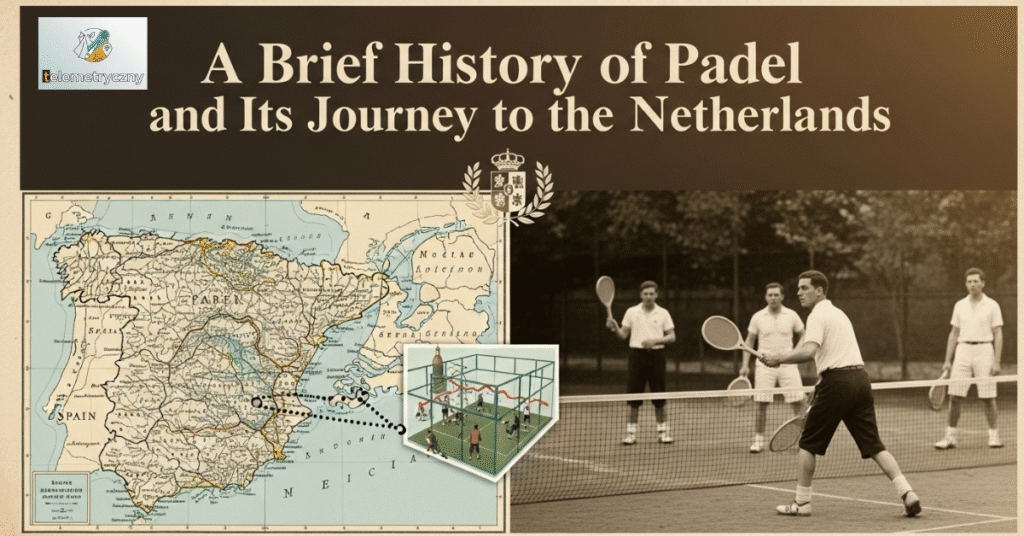
Padel was invented in Mexico back in 1969 by Enrique Corcuera who turned his squash court into a new hybrid sport. It made its way to Spain in the 1970s where it quickly became a huge hit. Even today Spain is still seen as the global hub of padel.
But in recent years nlpadel has caught up quickly. The Netherlands embraced the sport with open arms. What started as a small curiosity has turned into a nationwide movement with over 90,000 registered players and estimates that half a million Dutch people have tried the sport at least once. The Dutch culture of community fitness and socializing has made it a perfect match for padel’s spirit.
NLPadel Court Size and Design
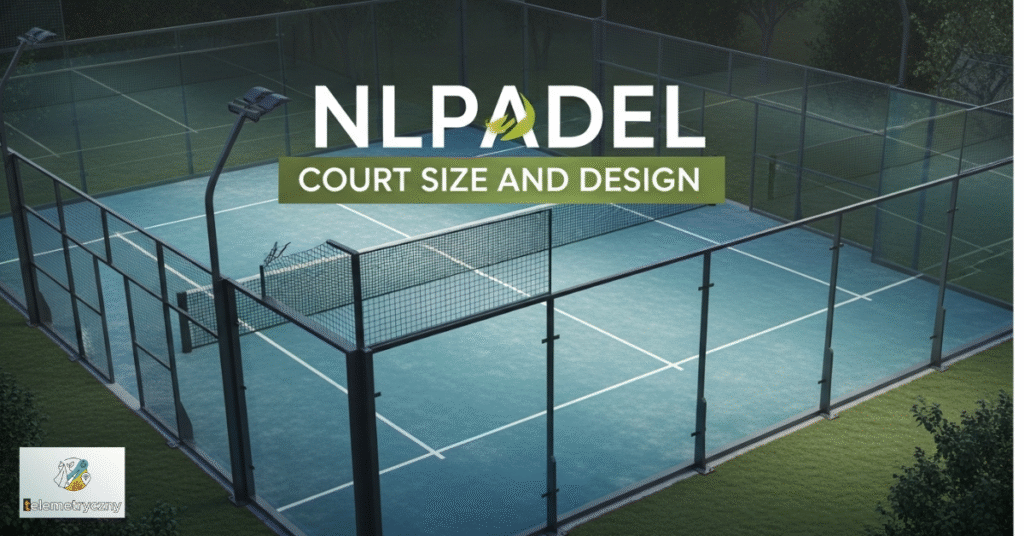
If you’re picturing a tennis court with walls think again. NLPadel courts are smaller measuring 10 meters wide and 20 meters long about one-quarter smaller than a tennis court. The walls made of glass or mesh are fixed and not portable which gives the game its unique character.
The court is divided by a net just like tennis but the service zones and playing style are very different. Some clubs are even turning old squash courts into padel courts or building rooftop courts on residential complexes. This flexibility has helped NLPadel grow in crowded cities like Amsterdam Rotterdam and Utrecht.
Rules of NLPadel: Simple Yet Exciting
The rules of nlpadel are refreshingly simple which is one reason people fall in love with it so quickly.
- Service: The serve must be hit underhand bouncing the ball once before striking and sent diagonally into the opponent’s service box.
- Scoring: Matches follow the same scoring as tennis: 15 30 40 and game. At 40-40 it’s deuce.
- Gameplay: The ball can hit the walls after bouncing on the floor keeping rallies longer and more entertaining.
Because the game is played in doubles it naturally encourages communication teamwork and fun instead of just competition.
Why NLPadel Is So Popular in the Netherlands
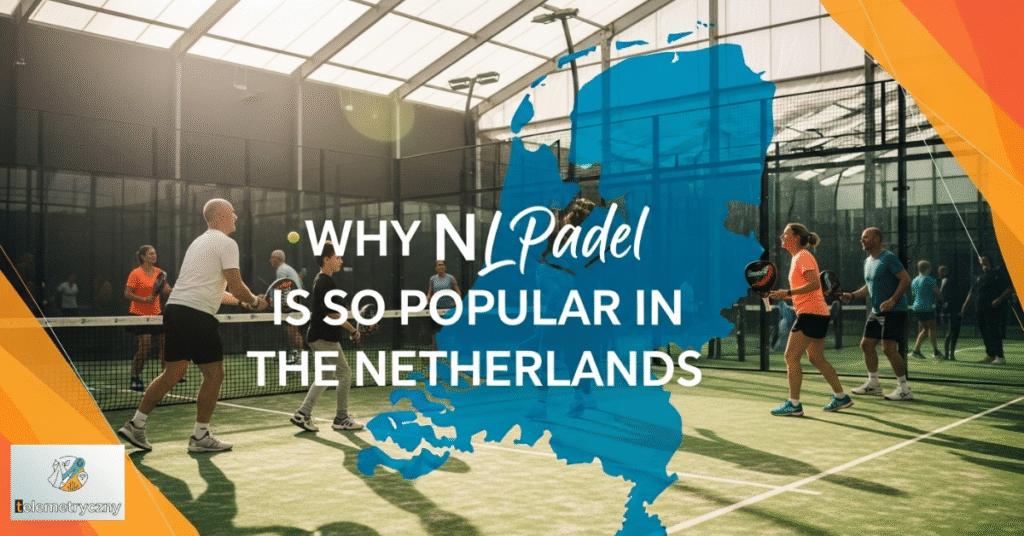
Accessibility for All Ages
Unlike sports that demand years of practice nlpadel is easy for children adults and seniors alike. Families play together coworkers use it for team-building and friends enjoy it casually on weekends.
Urban-Friendly
Padel courts require less space than tennis making them ideal for crowded cities. Old sports venues and unused urban spaces are being transformed into modern padel courts.
A Social Sport
NLPadel is all about connection. The doubles format intimate court size and fun atmosphere create friendships and laughter along the way. It’s a sport where you’re just as likely to make new friends as you are to improve your fitness.
See More: How Many Days Is 6 Months
Alignment with Dutch Lifestyle
The Dutch love active social and practical activities. Cycling walking and now nlpadel fit perfectly into this lifestyle. It’s quick engaging and doesn’t feel like a chore ideal for a busy modern society.
NLPadel and Dutch Cities
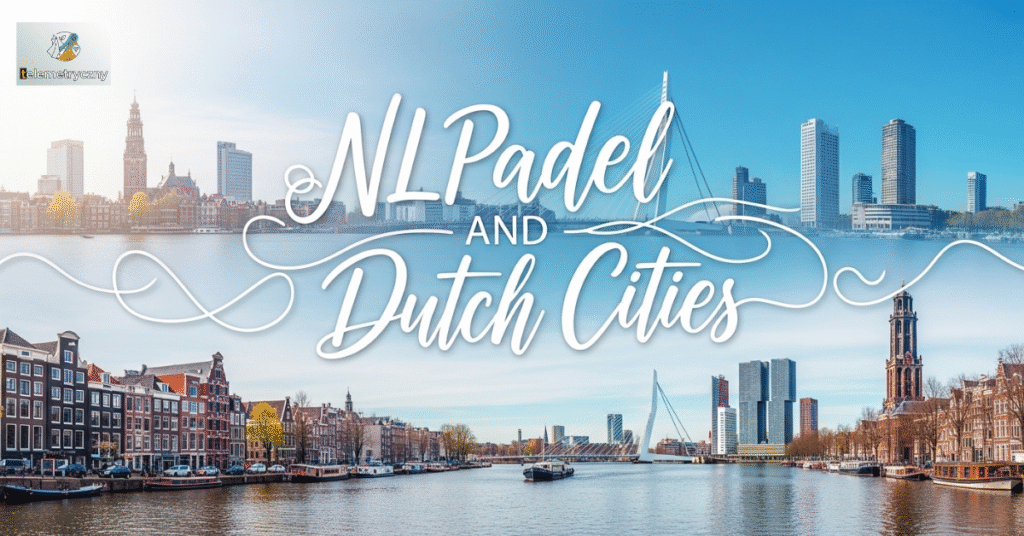
In big cities like Amsterdam Rotterdam and The Hague nlpadel has become part of the soundscape you can literally hear the popping sound of the padel ball as you walk by a court. Urban planners love it because it makes efficient use of limited space while gyms and housing complexes add courts as attractive lifestyle features.
Even businesses are getting involved. Corporate teams use padel as a fun way to build trust and collaboration. Residential projects advertise rooftop or backyard courts as modern amenities. Clearly nlpadel is more than just sport it’s shaping the way cities grow.
The Role of Social Media in NLPadel’s Rise
Another reason for the rapid rise of nlpadel is social media. Platforms like TikTok and Instagram are full of highlight clips quick rallies stylish shots and fun moments. These posts make padel look exciting and accessible sparking curiosity among people who might not have considered playing before.
Booking apps have also added features for padel making it easier than ever to find courts and organize matches. Amateur leagues are forming online creating entire communities around the sport.
NLPadel in Schools and Youth Programs
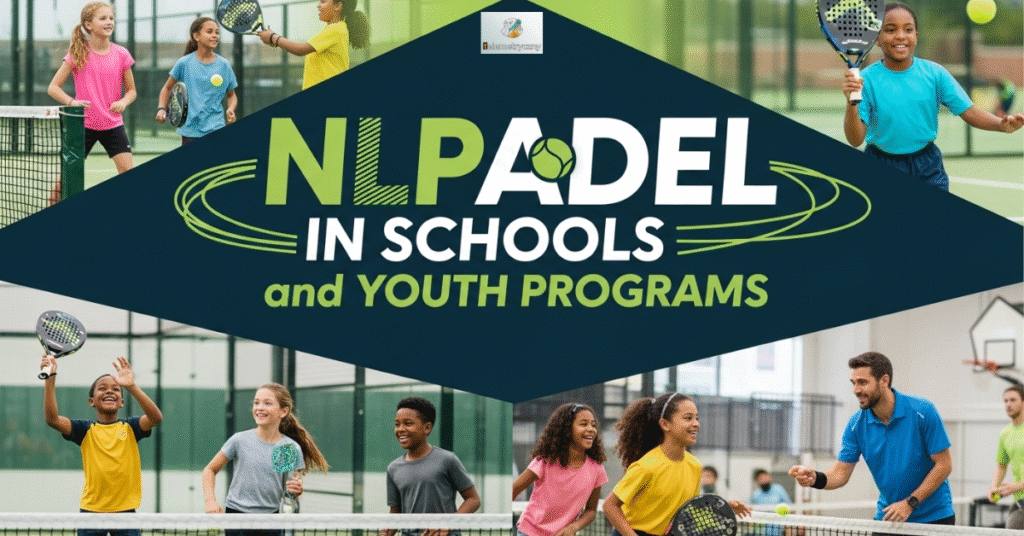
Many schools in the Netherlands are now introducing padel into their sports programs. Teachers find that students are more engaged compared to traditional sports. It’s inclusive easy to learn and combines movement with teamwork.
This is also helping teenagers step away from screens and engage in real-world activities. Clubs often host family-friendly events bringing multiple generations together to enjoy nlpadel.
Professional NLPadel: Tournaments and Leagues
While nlpadel is mostly recreational it’s also gaining traction professionally. The International Padel Federation oversees the global sport and the World Padel Tour brings together the best players worldwide.
In the Netherlands more tournaments and leagues are emerging attracting both amateur and professional talent. Though it’s not yet an Olympic sport its rapid global growth means many believe that one day it will be.
NLPadel Equipment and Clothing
One of the exciting parts of nlpadel is the specialized gear.
- Rackets: Unlike tennis rackets padel rackets have no strings. They’re made from carbon fiberglass or Kevlar with EVA or foam cores. Lighter rackets are easier for beginners while heavier ones add power.
- Balls: Similar to tennis balls but slightly smaller with lower pressure (around 11 psi).
- Clothing: Breathable lightweight fabrics are key. Men often wear shorts and shirts while women prefer tanks or dresses always designed for comfort and movement.
Brands like Macron are designing specific padel collections to match the sport’s growing demand.
Public and Private Support for NLPadel
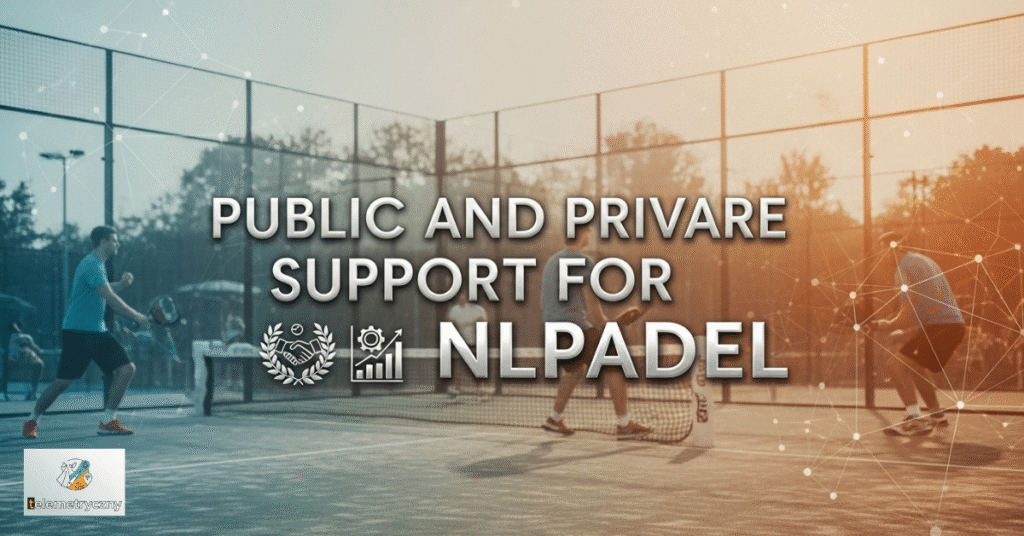
The Dutch government and private sector are heavily backing nlpadel. Local councils fund new courts to promote active living while private companies invest in gear events and facilities. Real estate developers even highlight padel courts as a modern lifestyle feature when marketing properties.
This broad support ensures that nlpadel won’t just fade as a trend. It has real infrastructure investment and cultural momentum behind it.
The Future of NLPadel in the Netherlands
With over 700 courts already built and more on the way the growth of nlpadel looks unstoppable. New clubs continue to open coaching standards are improving and competitions are drawing bigger crowds.
But perhaps the most exciting part is its staying power. Unlike trends that come and go nlpadel is rooted in genuine enjoyment accessibility and community spirit. It perfectly reflects Dutch values of inclusivity activity and practicality.
Conclusion
NLPadel is more than a sport it’s a movement transforming Dutch society. From casual games among friends to major tournaments from school programs to rooftop courts nlpadel is everywhere. Its blend of accessibility fun and community has cemented its place in the Netherlands.
If you haven’t tried it yet now’s the perfect time. Grab a racket call a friend and step onto the court you’ll understand immediately why nlpadel has taken the Netherlands by storm.
FAQS
What is nlpadel?
NLPadel is the Dutch adaptation of padel a racket sport combining elements of tennis and squash played in doubles on an enclosed court.
How many padel courts are in the Netherlands?
There are over 700 courts with more being built regularly to meet the fast-growing demand.
Do you need experience to play nlpadel?
Not at all. The rules are simple the court is smaller and beginners can enjoy it from their very first game.
Is nlpadel an Olympic sport?
Not yet but its rapid growth worldwide has sparked discussions about its potential inclusion in the future.
Hi,
I’m Tehreem, a content writer specializing in SEO-optimized articles that rank and engage. Whether it’s AI-assisted or fully human-written content, I deliver clear, creative, and results-driven writing.
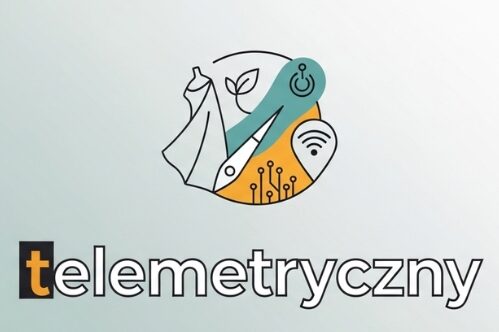
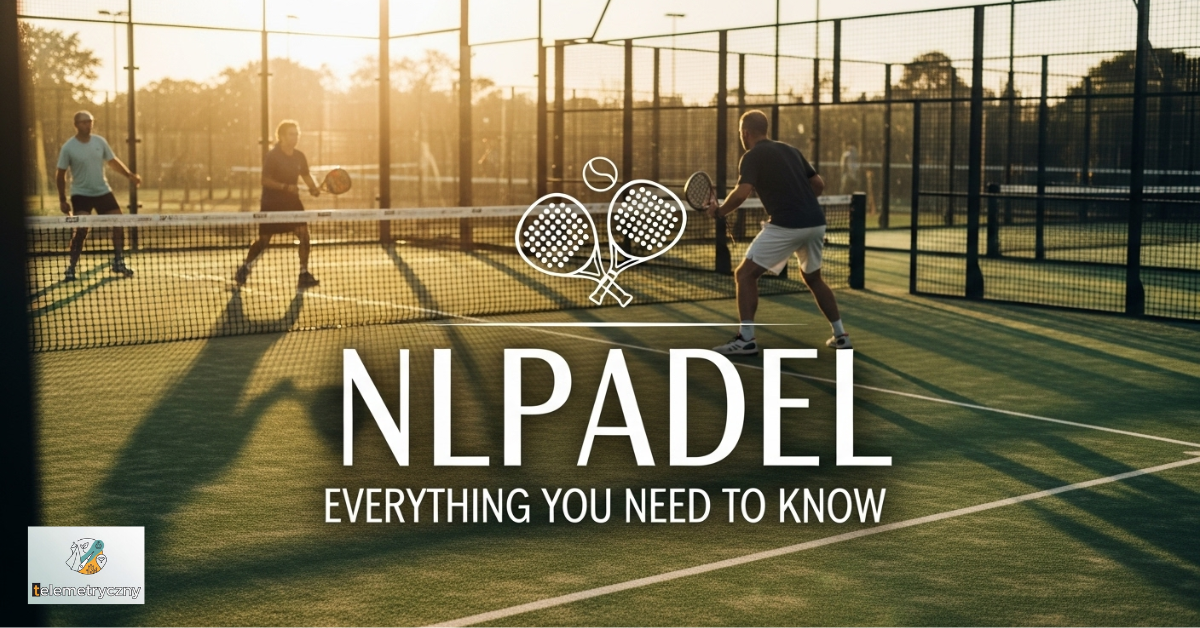
1 thought on “NLPadel: Everything You Need to Know”